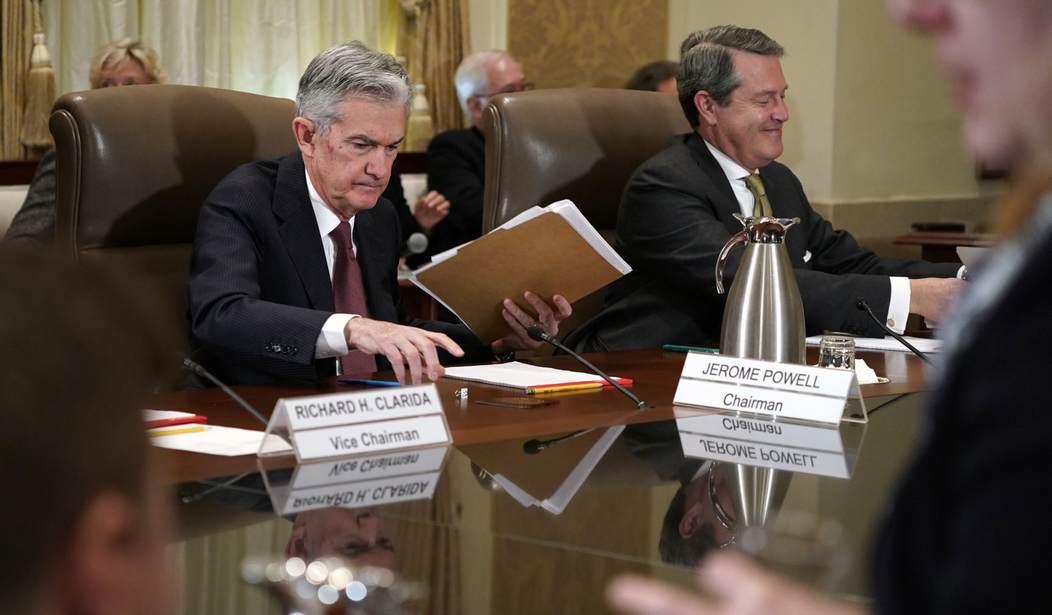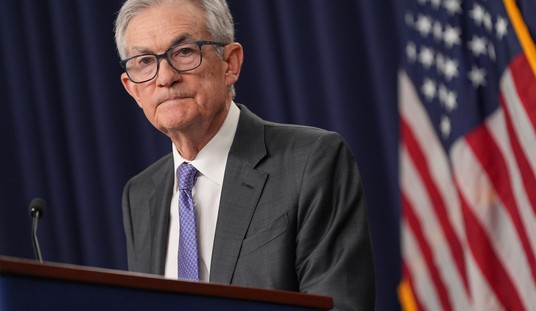The market traded in a very narrow range on Wednesday with an odd mix of winners and losers. The biggest winners were those companies most effectively employing technology to service clients.
You see it in brick-and-mortar retail. You also see it in exciting names such as Etsy (ETSY) and Square (SQ); they do not have a presence in major equity indices, so it’s not reflected in the nightly market report. While there were pockets of excitement, the overall market breadth was drab.
Yes, winners continue to win (see new highs), but only the volume on the NASDAQ hinted at some of the amazing money-making moves of household names not positioned to move the broad market.
Market Breadth | NYSE | NASDAQ |
Advancing | 1,450 | 1,781 |
Declining | 1,685 | 1,923 |
52 Week High | 188 | 310 |
52 Week Low | 8 | 16 |
Up Volume | 1.86B | 2.62B |
Down Volume | 2.20B | 1.84B |
Technology and Consumer Discretionary stood out all session long.
S&P 500 Index | +0.18% | |
Communication Services XLC | -0.09% | |
Consumer Discretionary XLY | +0.66% | |
Consumer Staples XLP | +0.19% | |
Energy XLE | -0.49% | |
Financials XLF | +0.17% | |
Health Care XLV | -0.29% | |
Industrials XLI | -0.62% | |
Materials XLB | -0.28% | |
Real Estate XLRE | +0.03% | |
Technology XLK | +0.68% | |
Utilities XLU | -1.16% |
Powell’s Choice
Do you remember Jerome Powell’s first press conference as Chairman of the Federal Reserve?
It was an unmitigated disaster as he veered off-script early on and hit a few landmines that sent investors diving for cover. When he met with the financial press at the end of the Federal Open Market Committee (FOMC) gathering, Powell had notes and wasn’t ashamed to use them.
Recommended
Yesterday, I saw him drift off-script a bit. Whenever he felt he was getting off subject, he quickly looked down at his notes. I’m surprised the market didn’t demand more from Powell, although his intransigent commitment to keep rates low for now and forever was my main takeaway.
It wasn’t my only takeaway, as three words stood out during the question-and-answer period.
However
As in vaccine development, it is positive. However, considering the timing and the scope, it will not stop the Fed from pumping this cash into the economy forever.
Exceed
Inflation will exceed the 2% target for some time (read forever) before we hike rates.
Substantial
Further progress would have to be substantial before we remove accommodations.
The first question raised was about the Fed’s projections to determine when they might remove the punchbowl. Powell referred to the notion gains will have to be substantial. He suggested it’s more ephemeral than anything he could be judged by; hence, the Gross Domestic Product (GDP) or employment data.
I’m sure Powell is worried these assumptions could come to fruition a lot faster than their guesswork of the Fed. So, why is this a bad thing? Their mandate has changed. Big time.
To see the chart, click here.
Waning Uncertainty Broadening Mandate
The Fed laid out a series of tables and charts, underscoring a lower degree of uncertainty and risks.
The risk to the downside shifted from the plurality of ‘weighted to the downside’ in September to ‘broadly balanced’ in December (see below).
Why is the Fed going to keep rates so low for so long? It’s because this Fed (and perhaps the next Fed) is committed to lowering unemployment rates for Blacks and Hispanics; soon, the Fed will join other central banks to base their policy on the impact of climate change. I wonder if the social justice stuff is simply a front to segue into climate change and a one-world agenda.
I’m not ready to see the Fed try to unwind this experiment anytime soon, even as I see mounting risk. Central banks have printed too much money, and there will be a price to pay one day.
To see the chart, click here.
Dot Every “I”
According to the infamous “dot plot,” none of the FOMC voting members is interested in hiking rates until 2022 (single dot) and in 2023 (five members see higher rates from four members from the September meeting).
It’s far-fetched to look out three years under normal conditions, but it is impossible under less than tranquil environs of today.
The bottom line is the Fed is not hiking rates anytime soon. I wonder if they have any more tricks up their sleeves to flood even more cash into the economy.
To see the chart, click here.
Portfolio Approach
We are adding a new position in Consumer Discretionary in our Hotline Model Portfolio.

Today’s Session
Housing Boom
In November, US housing starts jumped 1.2% from October to annualized pace of 1.547 million, coming above consensus of 1.53 million or -0.7%.
It is the highest level since February.
- Single-family housing starts 1,186,000, or +0.4 percent
- Multifamily starts 352,000
To see the chart, click here.
November building permits rocketed 6.2 percent month to month to annualized pace of 1.639 million crushing consensus of 1.55 million.
To see the chart, click here.

























Join the conversation as a VIP Member